Gymnocalycium saglionis Cactus Live plant
₹349.00
Out of stock
Email when stock available
Gymnocalycium saglionis Origin and Habitat: Gymnocalycium saglionis has a wide range and is locally abundant in Argentina (Jujuy, Catamarca, La Rioja, Salta, San Juan, Tucumán).
Gymnocalycium saglionis Description: Gymnocalycium saglionis is a solitary barrel cactus, rather flattened, often very large, with long spreading and sometimes recurved spines. They are a rich brown and form a pleasing contrast against the grey green body.
Stem: Flattened globose to shortly cylindrical more or less flattened up to 30 (40) cm in diameter, 15-30 cm tall occasionally up to 90 cm tall, dull-green or blue-green. Apex spineless.
Ribs: 10-32 according to the size of the plant, low, very broad, sometimes 4 cm. long, separated by wavy intervals, divided into large, low, rounded tubercles.
Areoles: About 2 to 4 cm apart, large, felted when young.
Spines: 8 to 10 on small plants but on old plants often 15 or more, 3-4 cm long, yellowish-brown, reddish or black becoming grey with time which contrast well against the green body at first ascending, afterwards more or less curved outward.
Central spines:1-3 almost straight
Radial spines: 10-15 bent against the stem.
Flowers: Broadly funnelform, white or pale pinkish, with reddish throat up to 3-4 cm long, 2-3 cm in diameter, with a very short flower’s tube; inner perianth-segments spatulate, acute; scales of the ovary nearly orbicular, rounded, with a scarious margin. The flowers forms a crown on the plant apex and have a hard time coming through the dense mass of spines.
Blooming season: Appearing repetitively during the growing season.
Fruit: Red, globular.
ultivation and Propagation: Keep this plant almost dry in winter at a minimum temperature of 0°C, prefer a low pH compost otherwise growth will stop altogether. The plant tolerate extremely bright situations but are likely to suffer from sun scorch or stunted growth if over exposed to direct sunlight during the hottest part of the day in summer. Since they are big sized plants need plenty of space for their roots, repotting should be done every other year or when the plant has outgrown its pot.
This species makes a great landscape cactus in moderate climates.
Use and Trade: The fruits of this species are edible and used to make jam. This cactus is also used as an ornamental.
Propagation: Seeds (It don’t produces offsets). Seed Collecting: Permit fruit to ripen, fruit must be significantly overripe before harvesting seed; clean and dry seeds
Be the first to review “Gymnocalycium saglionis Cactus Live plant” Cancel reply
You must be logged in to post a review.




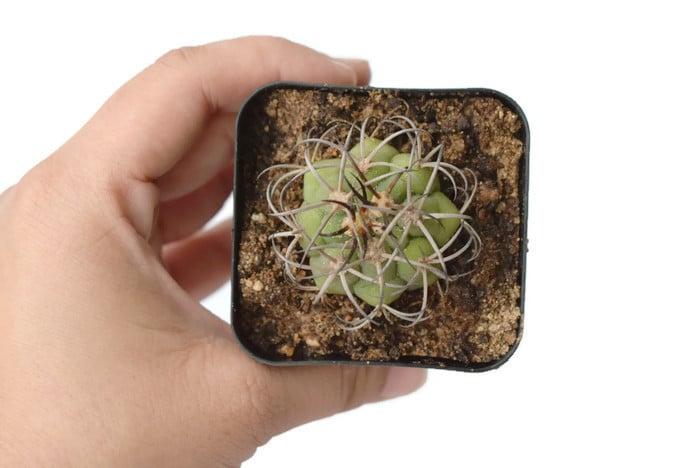
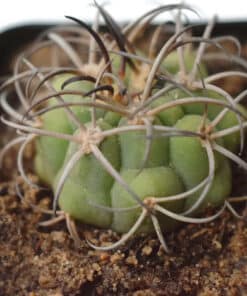

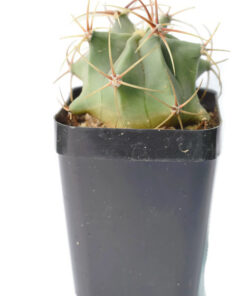
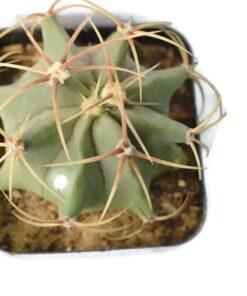
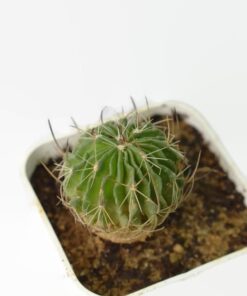
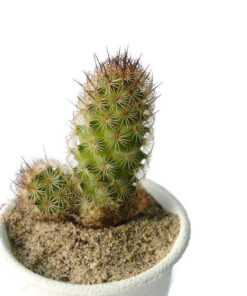
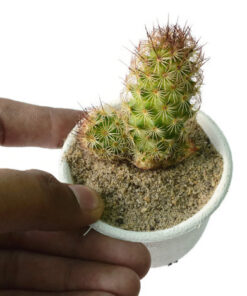
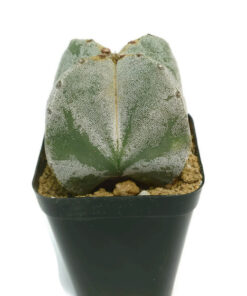

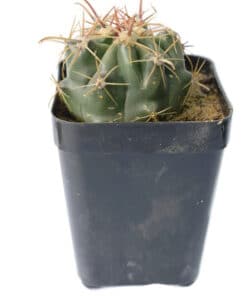
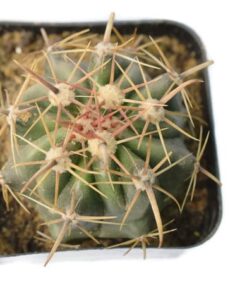

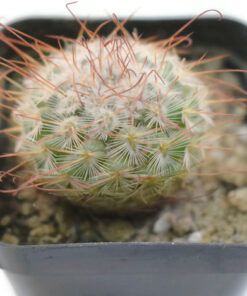


Reviews
There are no reviews yet.